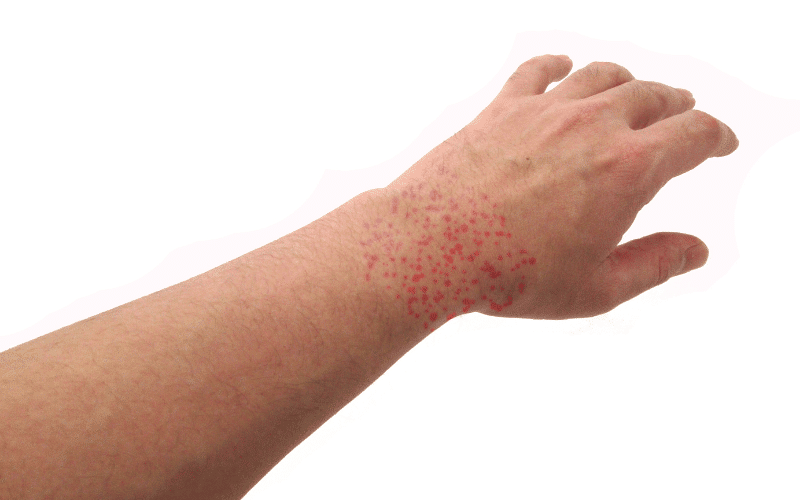Disease 5. Hives: An Allergic Skin Reaction

Symptoms of Hives
Hives, also known as urticaria, are raised, red, itchy welts that can appear suddenly on the skin. They can vary in size, from small spots to large, interconnected patches, and may change shape and location over time. Hives typically last for a few hours to a day, but in some cases, they can persist for weeks or months, which is known as chronic urticaria.
Causes of Hives
Hives are an allergic reaction caused by the release of histamine and other chemicals in the skin. Common triggers for hives include medications, foods, insect bites, and exposure to heat or cold. In some cases, hives can also be triggered by physical factors, such as pressure or friction on the skin, exercise, or emotional stress.
Treatment Options for Hives
The primary treatment for hives is antihistamines, which help to alleviate itching and reduce the severity of the reaction. Over-the-counter antihistamines are usually effective for mild cases, while stronger prescription medications may be necessary for more severe or chronic hives. In addition to antihistamines, corticosteroids can be prescribed for short-term use to help manage severe or persistent hives. Identifying and avoiding triggers is crucial for preventing future outbreaks. (5)